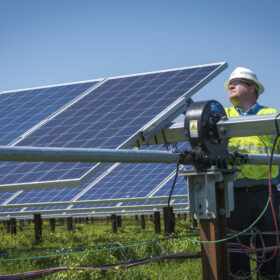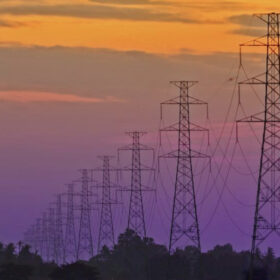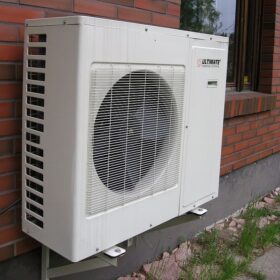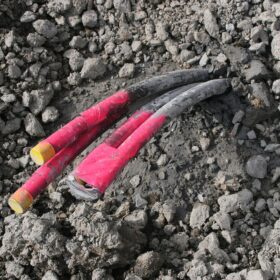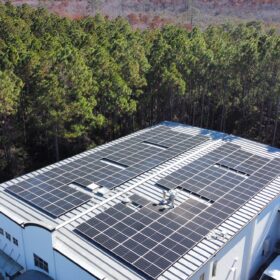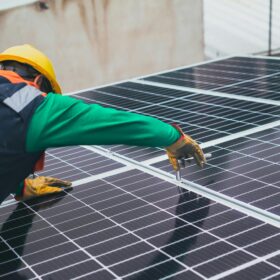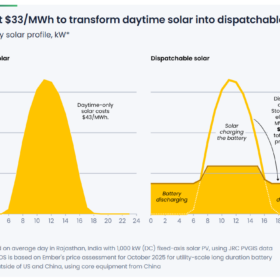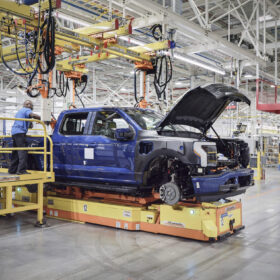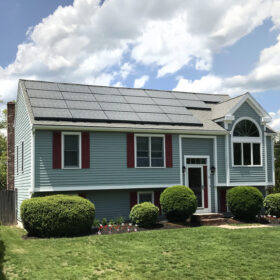Reaching 45% solar generation would save Southeast utilities $20 billion/year
Annual savings of $20 billion are possible across six Southeastern states by reaching 45% solar generation by 2035, according to a national laboratory study.
Thin-film tandem solar in the U.S.
Tandem solar-cell technology featuring silicon has been widely researched but materials such as perovskites, paired with established thin-film solar or with other perovskite cells, are pointing to a new development path.
Completing Western transmission lines would enable 73 GW of renewables and storage
The benefits of completing 12 Western transmission projects, as identified in a federal study, will form the region’s new baseline for a forthcoming National Transmission Planning Study.
New refrigerant may improve coefficient of performance of air-source heat pumps by up to 21%
Developed by a Chinese research group, the novel refrigerant is made of a mixture of carbon dioxide (CO2) and a non-flammable hydrofluoroolefin. It has slightly higher costs compared to conventional compounds, but its creators claims these costs could be significantly reduced with large-scale industrial production.
Surging electricity demand puts pressure on utility planning
ICF report says retiring legacy fossil fuel plants will be more challenging.
Using surplus PV power for seasonal underground thermal storage
Scientists have proposed a new system that uses surplus PV energy in the spring and the autumn to charge up underground thermal energy storage for later use in the summer and winter. They have simulated it on a school facility in Seoul, with a few optional configurations for thermal storage. Power savings were up to 39%.
Software will complete first-stage interconnection studies in one day, firm says
As a grid operator works to automate its phase 1 study process for interconnecting solar, storage and other generating projects, the firm developing the automation software says the study process will take just one day.
DOE calls for faster interconnection of distributed solar and storage at lower cost
Solar and storage systems smaller than 50 kW would receive an interconnection agreement instantly when requesting one, under 2030 targets in a draft Department of Energy roadmap.
Startup offers AI-based software solution to predict component failure in utility-scale inverters
Infinrel says its Energy Kardio Graph solution can sample small electrical perturbations on the input and output of the inverter at MHz scale and enable insight into the actual operation of the inverter on its switching cycle basis.
Solar cell makers can learn from giant clams, claim Yale researchers
Yale University scientists are seeking industry collaborators to explore stretchy material for panels and growing algae on modules, as well as other efficiency-boosting possibilities inspired by giant clam behavior.
